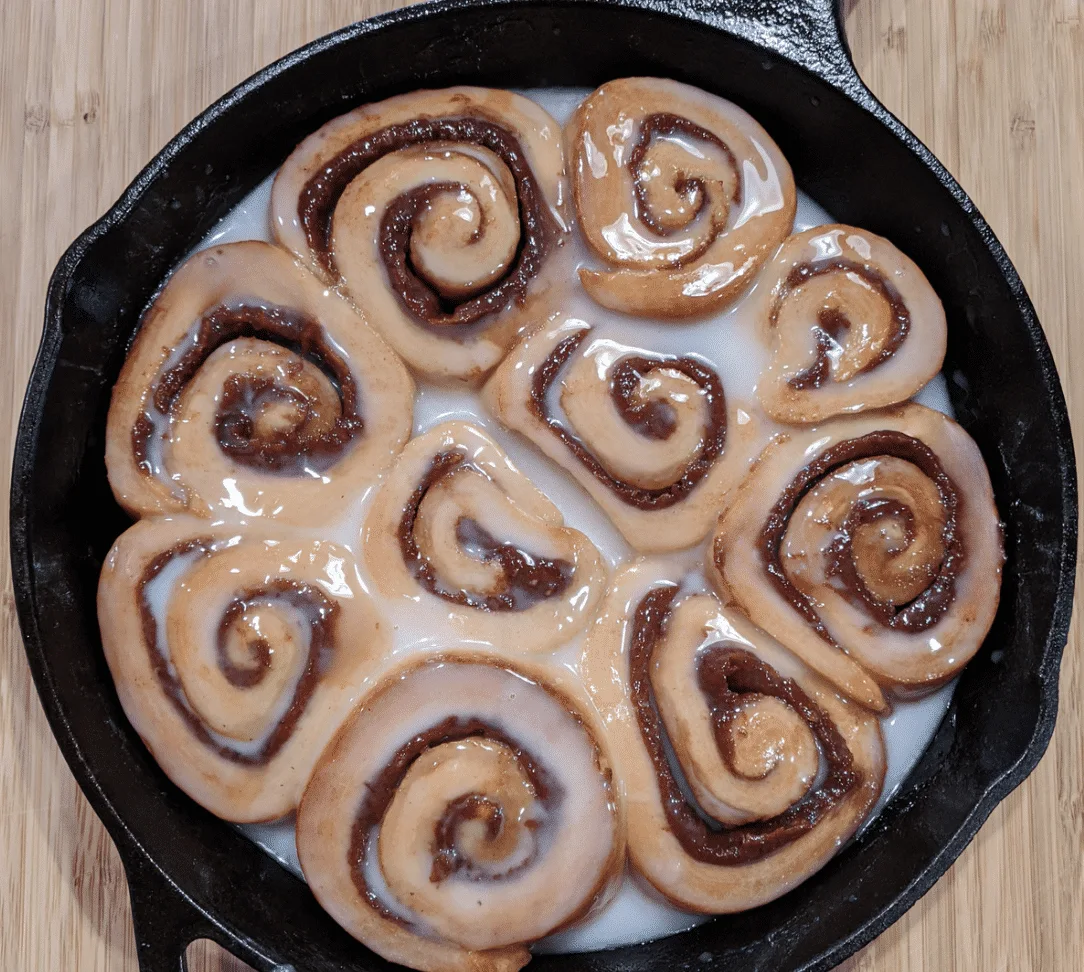
Introduction
Cinnamon rolls are a beloved pastry, enjoyed by millions of people around the world for their sweet, fragrant, and comforting flavors. With a tender, yeasted dough rolled up with a spiced cinnamon-sugar mixture, cinnamon rolls have a rich history that spans centuries and transcends cultural boundaries. In this article, we will explore the origins of the cinnamon roll, trace its journey through time, and examine how this delightful treat has become a staple in bakeries and home kitchens across the globe.
The Origins of Cinnamon Rolls
While the exact origins of cinnamon rolls are uncertain, their roots can be traced back to Europe, particularly in the Scandinavian and Germanic regions. The use of cinnamon in these early pastries can be attributed to the spice trade, which brought cinnamon and other exotic spices from the East to Europe. Cinnamon was an expensive and highly prized spice, often reserved for special occasions or the upper class.
The predecessor to the modern cinnamon roll is believed to have originated in Sweden in the 15th or 16th century. These early pastries, known as “kanelbullar” or “kanelkaka,” were made from yeasted dough, sweetened with sugar, and spiced with cinnamon. As trade routes expanded and cinnamon became more accessible, the popularity of cinnamon-infused pastries grew, eventually giving rise to the cinnamon rolls we know and love today.
(wikipedia picture of old types of sweet bread rolls)
The Evolution of Cinnamon Rolls
Over time, the cinnamon roll evolved and spread throughout Europe, taking on different forms and regional variations. In the 17th and 18th centuries, the British and Dutch were particularly fond of sweet, yeasted breads, often incorporating cinnamon and other spices into their recipes. These pastries became popular at afternoon tea gatherings, and eventually made their way to the American colonies.
In the United States, cinnamon rolls gained popularity in the 18th and 19th centuries, particularly among the Pennsylvania Dutch and Amish communities. These skilled bakers were known for their intricate, delicious pastries, and their cinnamon rolls were no exception. With the advent of commercial yeast production in the late 19th century, the process of making cinnamon rolls became easier and more consistent, further fueling their popularity.
The 20th Century and Beyond
The 20th century saw the rise of commercial bakeries and the mass production of cinnamon rolls. As a result, these pastries became more widely available, and their popularity soared. In the mid-20th century, the cinnamon roll as we know it today began to take shape, with bakeries experimenting with different dough recipes, fillings, and toppings. One significant milestone in cinnamon roll history was the opening of the first Cinnabon store in 1985, which popularized the large, gooey cinnamon roll topped with cream cheese frosting.
Today, cinnamon rolls can be found in various forms around the world, from the classic Swedish kanelbullar to the American-style cinnamon roll with cream cheese frosting. There are even savory variations, such as the Finnish “korvapuusti,” which is filled with a mixture of cinnamon, sugar, and ground cardamom. No matter the recipe, the cinnamon roll’s enduring popularity is a testament to the power of its delicious flavors and comforting aroma.
Cinnamon Roll Variations Around the World
As cinnamon rolls have spread across the globe, they have taken on different forms and flavors, each reflecting the local culinary traditions and preferences. Some of the most popular cinnamon roll variations include:
(wikipedia Swedish Kanelbullar picture)
- Swedish Kanelbullar
Kanelbullar, or Swedish cinnamon rolls, are typically smaller and less sweet than their American counterparts. They are often flavored with cardamom, which imparts a unique, aromatic taste. The dough is rolled with a cinnamon-sugar mixture, and the finished rolls are often topped with a sprinkle of pearl sugar.
(wikipedia Finnish Korvapuusti picture)
- Finnish Korvapuusti
Korvapuusti, or Finnish cinnamon rolls, are similar to Swedish kanelbullar, but with a unique twist. The dough is typically infused with cardamom and filled with a cinnamon-sugar mixture, but also includes a touch of ground cardamom, which adds an intriguing depth of flavor. The rolls are shaped into a distinctive spiral with pointed ends, which is said to resemble a slapped ear, hence the name “korvapuusti” (ear slap).
(wikipedia Danish Kanelsnegle picture)
- Danish Kanelsnegle
Kanelsnegle, or Danish cinnamon rolls, are characterized by their flaky, layered texture. The dough is made using a technique similar to that used for making croissants, resulting in a rich, buttery pastry. The filling is a classic cinnamon-sugar mixture, and the rolls are often topped with a drizzle of icing.

- American Cinnamon Rolls
The American cinnamon roll is known for its large size, tender dough, and gooey cinnamon-sugar filling. The rolls are often topped with a generous slathering of cream cheese frosting, making them a decadent, indulgent treat. Over the years, American cinnamon rolls have become synonymous with comfort food and have inspired countless variations, such as pumpkin spice cinnamon rolls, chocolate cinnamon rolls, and even savory cinnamon rolls with bacon or ham.
(wikipedia German Zimtschnecken picture)
- German Zimtschnecken
Zimtschnecken, or German cinnamon rolls, are similar to their American counterparts, with a tender, yeasted dough and a sweet cinnamon-sugar filling. However, they are usually smaller in size and topped with a simple powdered sugar glaze instead of cream cheese frosting. Zimtschnecken are often enjoyed as a breakfast treat or afternoon snack, particularly during the holiday season.
Conclusion
The history of cinnamon rolls is a fascinating tale of culinary evolution, reflecting the tastes and traditions of the many cultures that have embraced this delicious pastry. From the early origins in Scandinavia to the countless variations found around the world today, cinnamon rolls continue to be a beloved treat for people of all ages. As we enjoy the sweet, fragrant aroma and comforting taste of a freshly baked cinnamon roll, we are connected to the generations of bakers who have contributed to the rich legacy of this delightful pastry. So, the next time you indulge in a cinnamon roll, take a moment to appreciate the sweet journey that has brought this timeless treat to your plate.

